It’s International Women’s Day, so I can cross borders with my regional blog. (I don’t make the rules!) Florence Stratton, the Beaumont newspaper journalist who wrote for both the Enterprise and the Journal, crossed borders in 1920 with her best friend Willie Cooper-Hobby and her husband, Texas Governor W. P. Hobby. They went to Mexico to see Álvaro Obregón Salido being sworn in as the country’s nuevo presidente. Florence had a knack for mingling, but it was done on Willie’s tab at first, or should I say on that of Sam Bronson Cooper, Willie’s father. He was a congressman, which is why his daughter Willie and her friend Florence went to Washington DC to do socialite things, such as going to a party at the White House in 1908. I should also state that thanks to Sam Cooper, Beaumont has a deep-water port. I’ll leave a link in Sunday’s blog.
Nachthexen
During World War II, the Night Witches emerged as a formidable force in the Soviet Union’s 588th Night Bomber Regiment. Made up entirely of women, this courageous regiment struck fear into the hearts of its Nazi adversaries. Operating obsolete biplanes under the cover of darkness, they executed daring bombing raids, relentlessly harassing German troops on the eastern front. Flying low to avoid detection, they faced constant danger from enemy fire. Despite the odds, the Night Witches displayed unparalleled bravery and resilience, and their stealthy, lethal attacks earned them their nickname. Their extraordinary feats continue to inspire awe and admiration, and they highlight the indomitable spirit of women in wartime. I will also add that Yevdokiya Yakovlevna Rachkevich traced the regiment’s path during the war and managed to locate the remains of some of the women who were listed as missing in action so that they could receive proper burials.
Boudica
Boudica, the Celtic warrior queen of the Iceni tribe, remains a symbol of rebellion and defiance against Roman oppression during the first century in Britain. After the brutal annexation of her kingdom and the mistreatment of her family, Boudica led a fierce uprising against Roman forces. With her rallying cry for freedom, she united various tribes in a formidable resistance, wreaking havoc on Roman settlements and armies. Despite facing overwhelming odds, Boudica struck fear into the hearts of her enemies with leadership and determination. Although her rebellion was eventually crushed, her legacy endures as a symbol of courage and resistance against tyranny. Don’t ever dis this miss!
The Trung Sisters
Trưng Trắc and Trưng Nhị are legendary figures in Vietnamese history. They are revered for their bravery and leadership during the first century. During the Chinese domination of their country, these sisters ignited a widespread rebellion and united Vietnamese clans against their oppressors. Fearless in battle, these charismatic leaders led their army to numerous victories, reclaiming territory and inspiring hope among their people. Even though they were eventually defeated, they are still remembered as symbols of Vietnamese independence and female empowerment. The Trung sisters’ unwavering spirit continues to inspire generations, reminding the world of the power of determination and unity in the face of adversity.
Jane Long
A pioneer and heroine of early Texas, Jane Long embodied resilience and courage during the tumultuous nineteenth century. Jane arrived in Texas in 1819 with her husband James Long, and she faced the challenges of frontier life with determination. Following her husband’s death and the outbreak of the Texas Revolution, Jane found herself a widow with children in a hostile land. However, she refused to succumb to despair, becoming a symbol of strength and self-reliance. Her ingenuity and resourcefulness—she delivered her own child in a difficult situation—epitomized the pioneer spirit. Jane Long’s legacy is integral to Texas history, and it showcases the indomitable spirit of its early settlers.
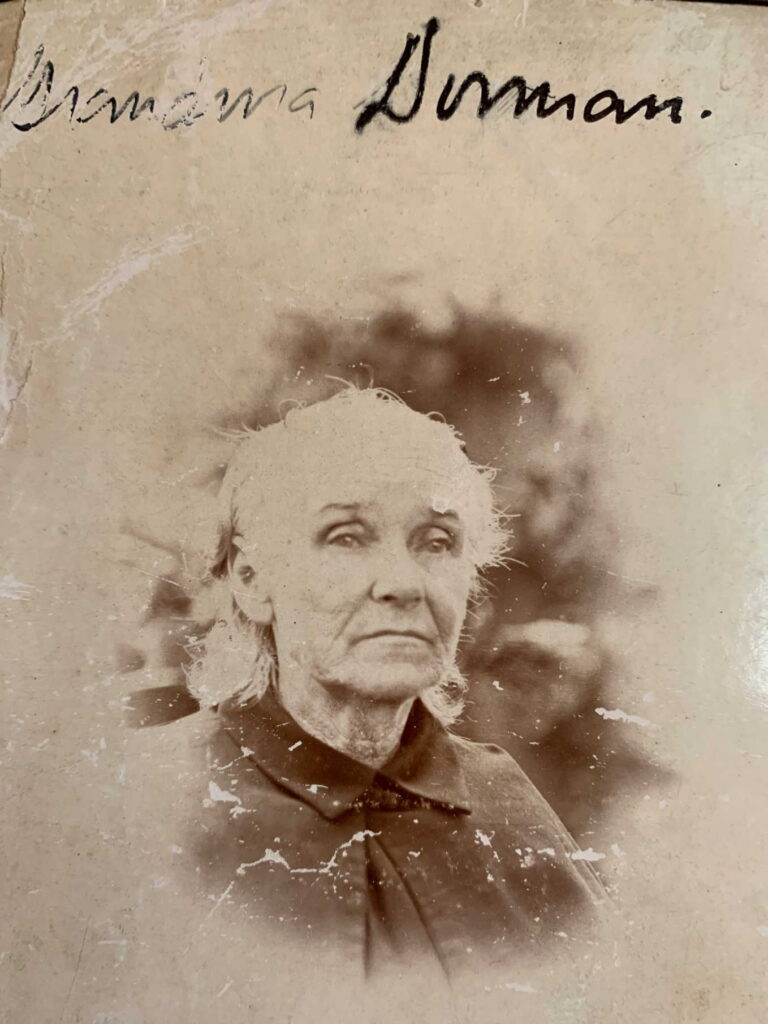
Catherine Magill Dorman
Kate arrived in Southeast Texas in 1851. Most historians believe that she lived in Sabine as early as 1847; however, the census records of her home state of Georgia show that both Kate and her husband, Arthur Magill, were still living there as late as 1850.
In 1852, Kate and her husband built the Catfish Hotel, a two-story dwelling located about three hundred yards from Fort Griffin. The hotel housed around two dozen permanent residents, along with the standard passing trade, which comprised merchants and seamen.
The Catfish had a wharf where steamers would dock regularly to indulge in the fare at the hotel’s popular eatery. During the Civil War, one patron, a certain William Berry Duncan (confederate officer, Liberty County sheriff, and cattleman), wrote that he made frequent visits to the hotel, sometimes leaving his post at Grigsby’s Bluff to dine and enjoy what he called “some tolerable good music.”
On November 2, 1859, tragedy struck. Arthur Magill, by then the chief engineer on the T. J. Smith, a Neches River mail packet, was killed when its boiler exploded. This left Kate alone to care for their two young daughters. Kate would later sue Captain H. C. Smith, the owner of the T. J. Smith, for her deceased husband’s wages. This would be one of many legal confrontations between the two.
H. C. Smith wasn’t the only thorn in Kate’s side. One day, a woman nicknamed Dutch Margaret entered the Catfish Hotel while Kate was serving meals. Dutch Margaret proceeded to vilify and yell obscenities at Kate in front of all the diners. Kate immediately retaliated with her own set of obscenities before resuming her duties. Unbeknownst to Kate, three of her friends met Dutch Margaret on the street and caned her with a parasol (an umbrella).
Dutch Margaret filed a lawsuit on the grounds that she had suffered a miscarriage from the caning. The plaintiff’s attorney, H. C. Pedigo, questioned the legality of a juror named Will J. Collins and the claim that he lived in Jefferson County. This resulted in the first survey of the West Jefferson County line. The case was postponed until Mr. Collins’s legitimacy as a county resident was verified, and it was eventually thrown out. Three months later, Dutch Margaret gave birth to a son.
In 1860, Kate married a widowed friend of her deceased husband. His name was Captain John Dorman, and he was the master of the Neches River cotton steamer Doctor Massie.
In July 1862, the yellow fever epidemic hit Sabine after a vessel ran the blockade put in place by the Federals. At least one thousand people fled the area afraid of what was known as yellow jack. The fever killed a hundred people in Sabine and Beaumont, forty of whom were Confederate soldiers.
With the tenants of the Catfish Hotel fleeing and nearly everyone else in Sabine escaping due to the dreaded disease, Kate stood strong. With no regard for her health, she, along with her two friends Sarah Vosburg and Sarah Ann King, turned the hotel into a makeshift hospital to care for the sick and the dying.
In October of that same year, fifty Federal troops came ashore in Sabine with a howitzer. They were on their way to burn the Confederate cavalry barracks. While marching through Sabine, they confiscated Captain Dorman’s horse and cart in order to mount the howitzer on it.
Witnessing this, Kate’s Irish temper boiled. Without thinking about the consequences, she began shaking her fist in the air and scolding the Federal invaders, telling them she hoped the Confederate boys would kill every last one of them. She added that if she had twenty-five men, she could take out the Federals and their cannon herself.
After the Federals burned down the Confederate barracks and stable, they marched through Sabine again. They returned Captain Dorman’s horse and cart with a word of warning—if he did not keep his “damn wife’s mouth shut,” they would hang him. Also, if she did not apologize to them, they would burn down the hotel. Kate replied that she would see them in hell first and that they could set fire to the building if they wanted to.
A week later, the Federals sent another patrol ashore. They burned a quarter of the town, including a sawmill and some residences, but they left the Catfish Hotel untouched.
All the stories above—some local, some international—show women’s will and determination to succeed.

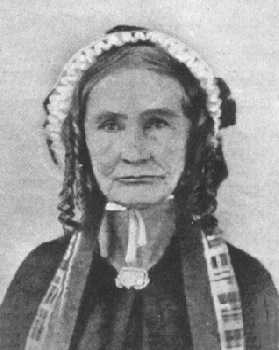
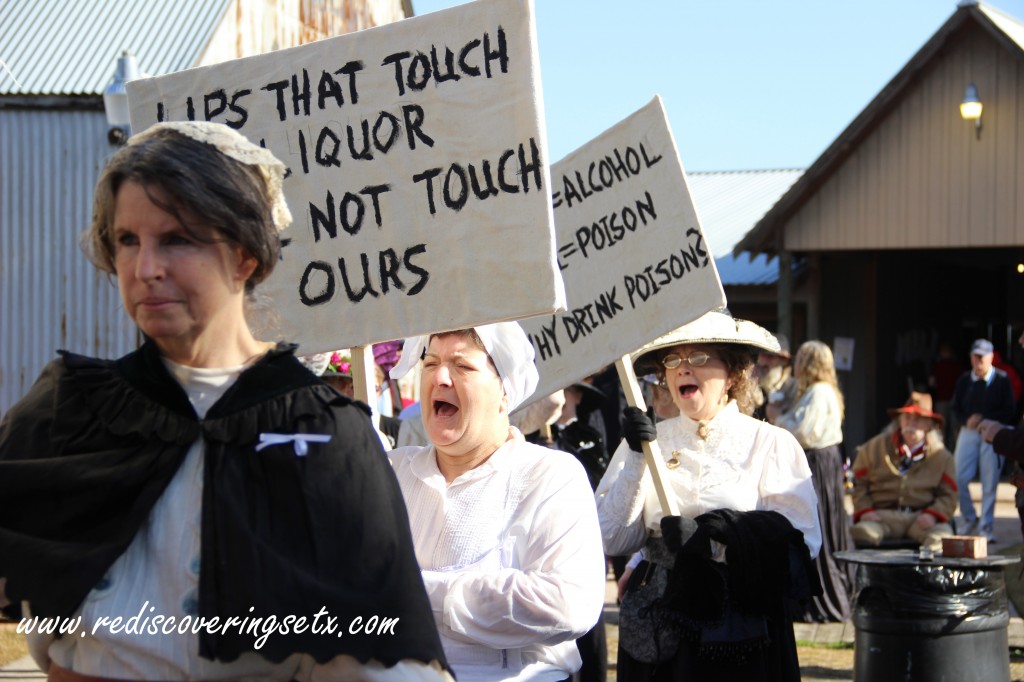
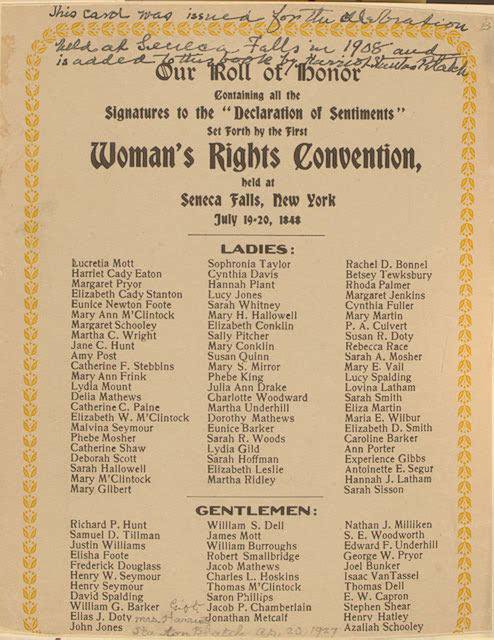
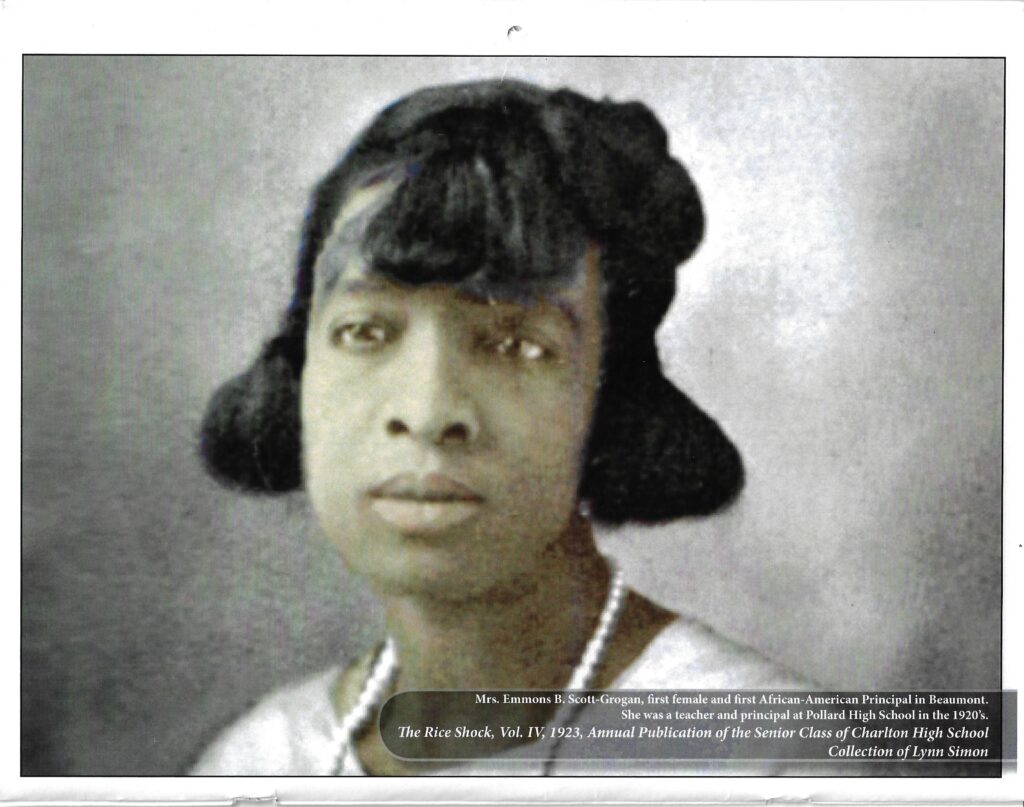

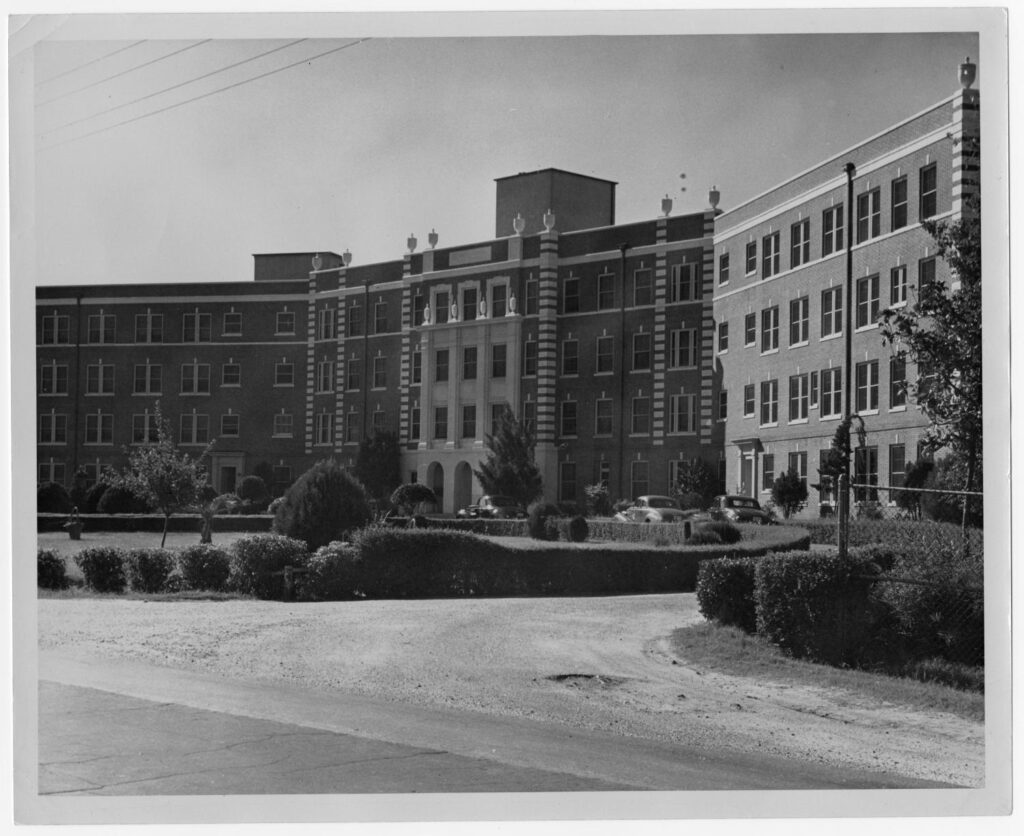
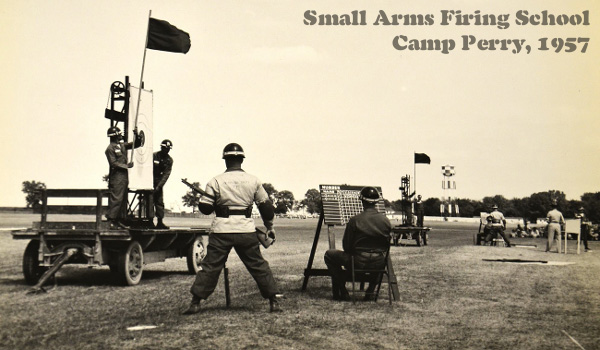
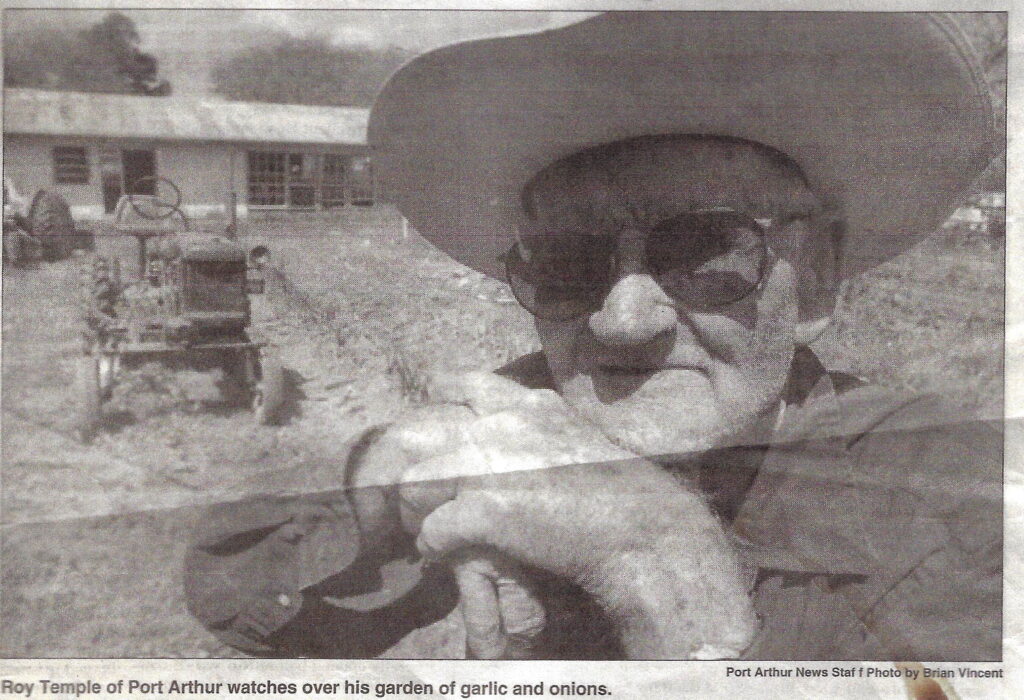
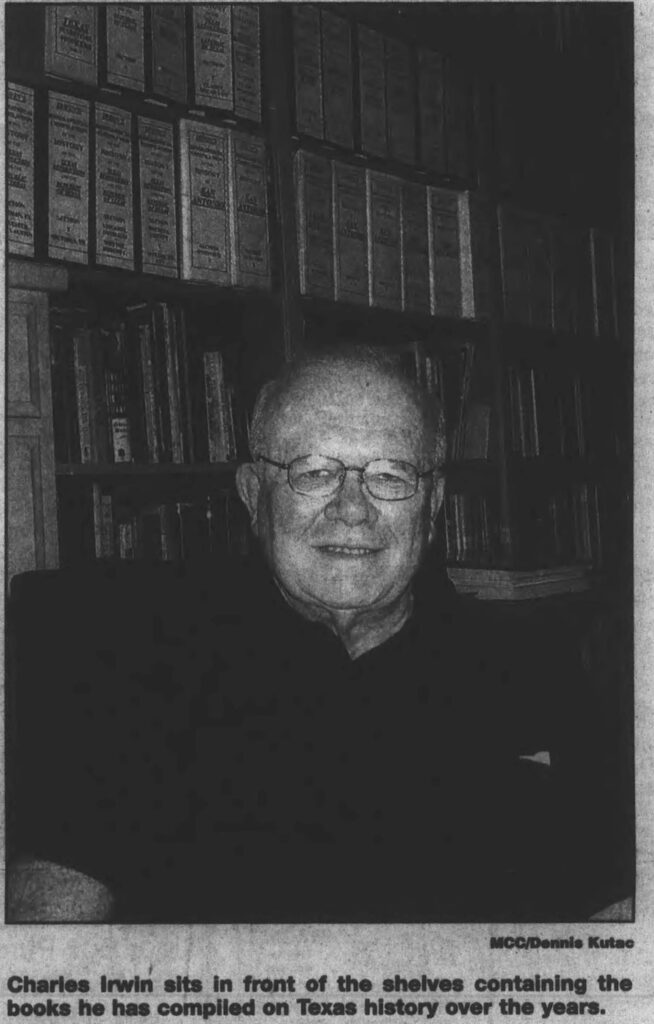
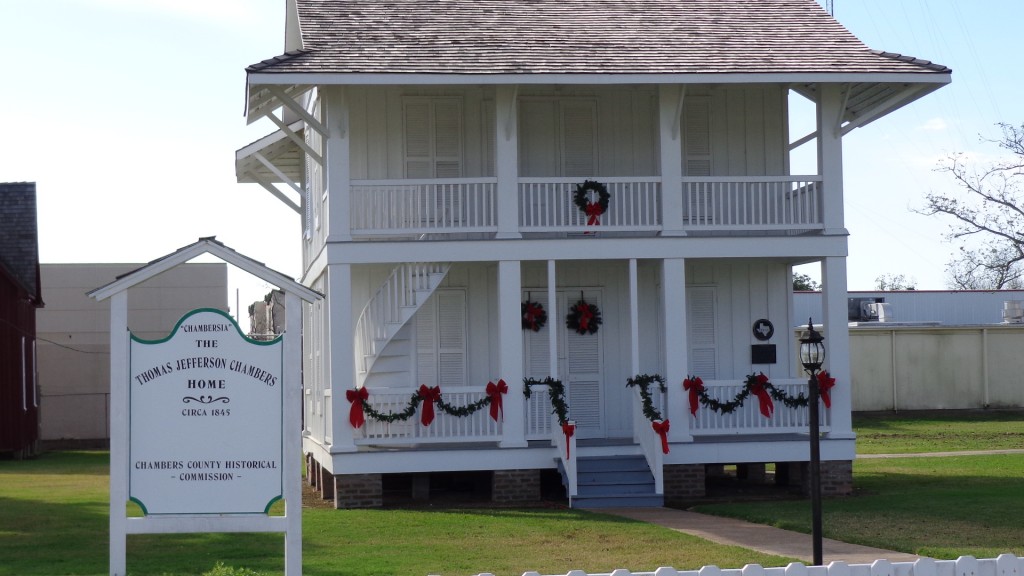
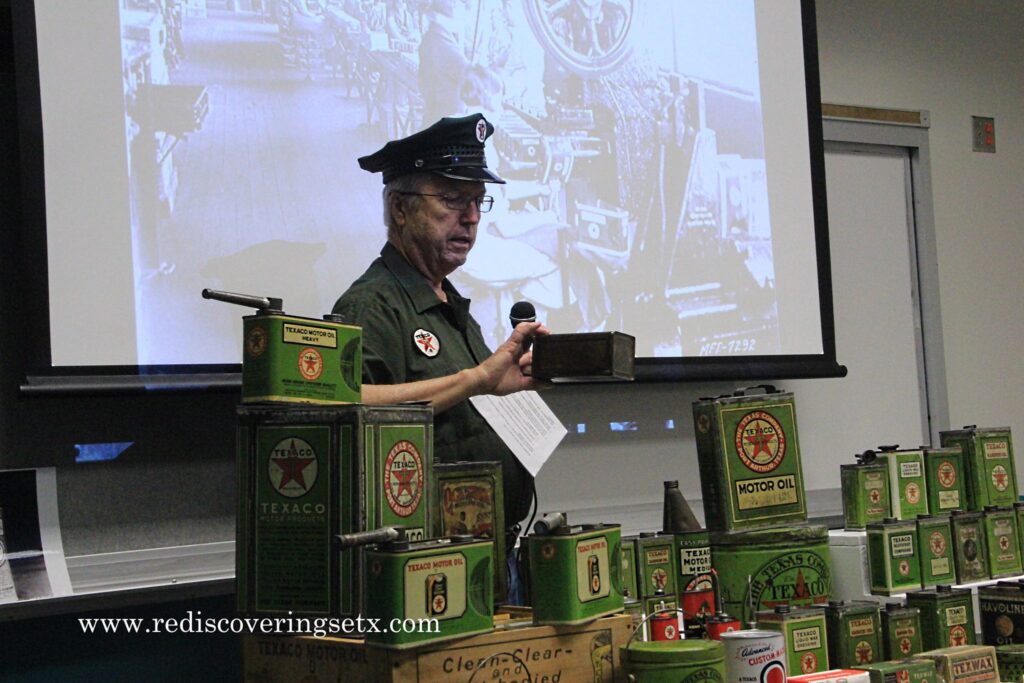
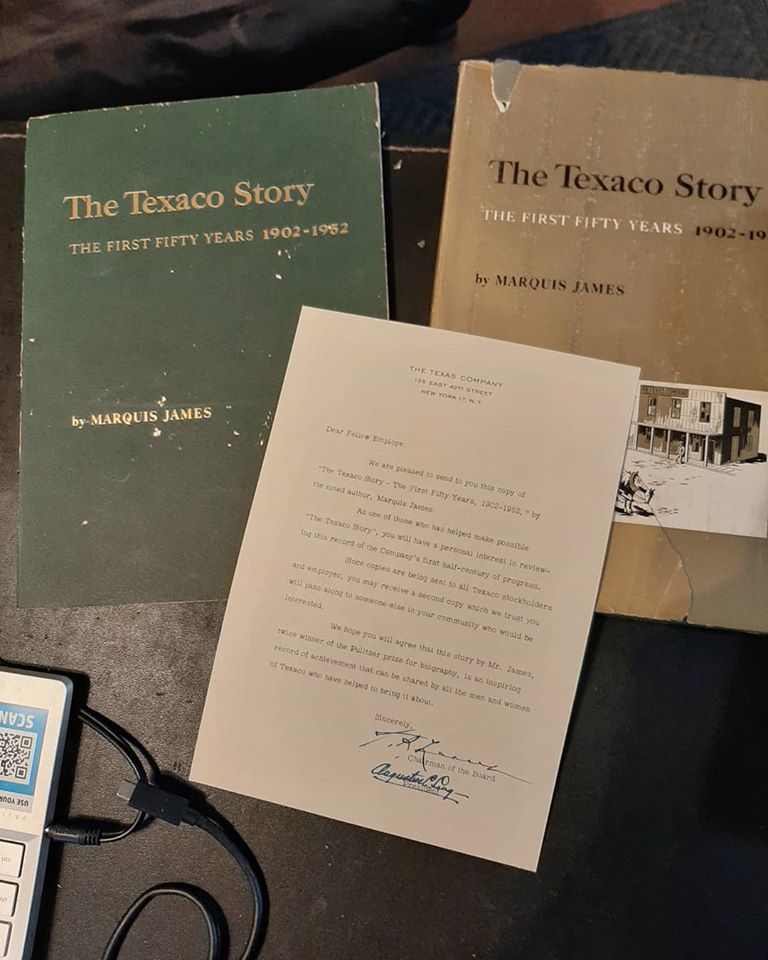
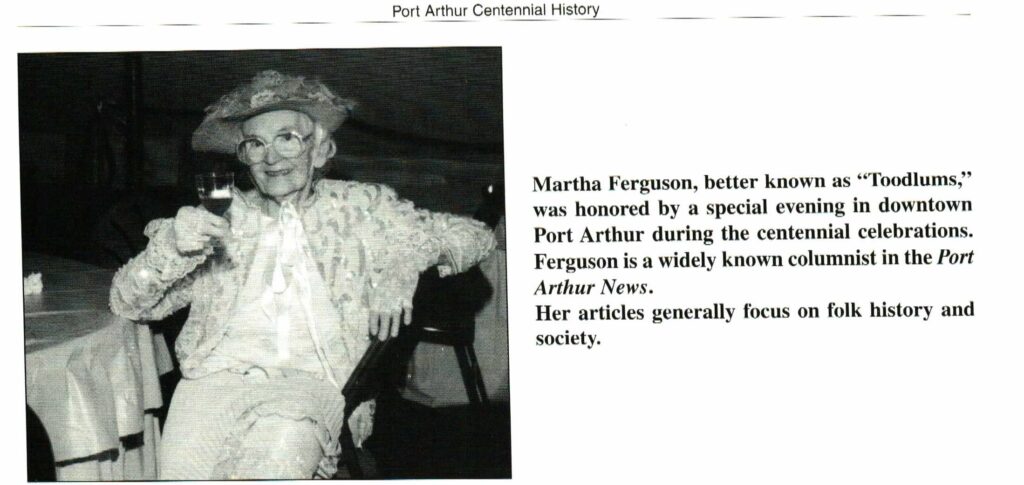
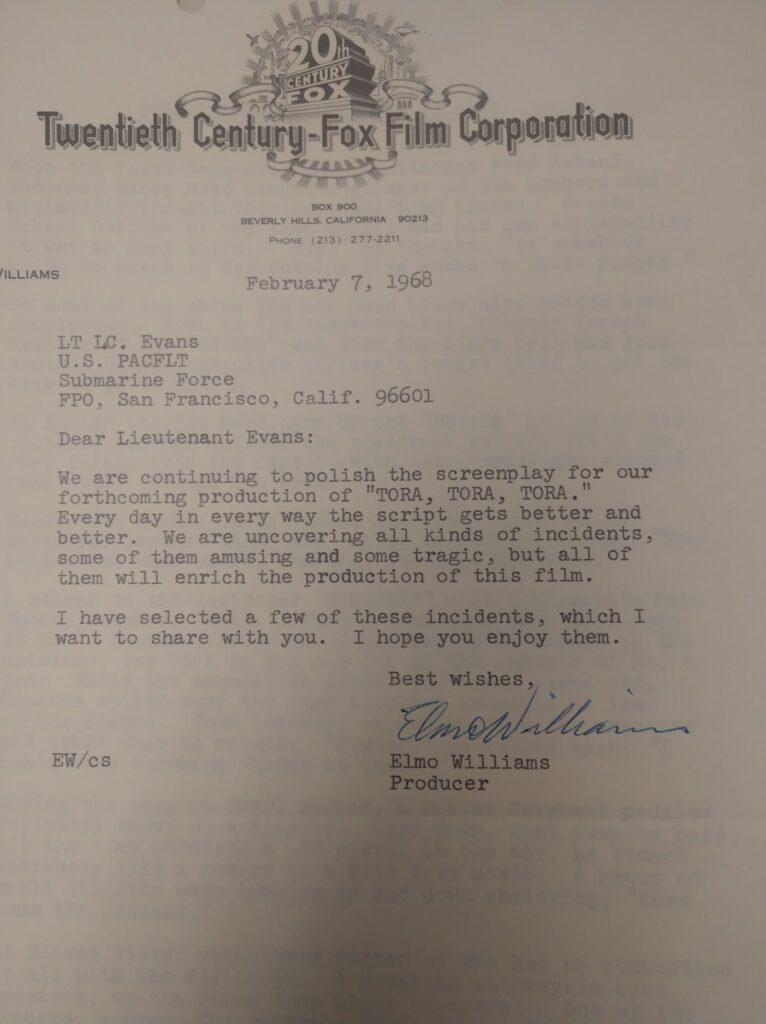
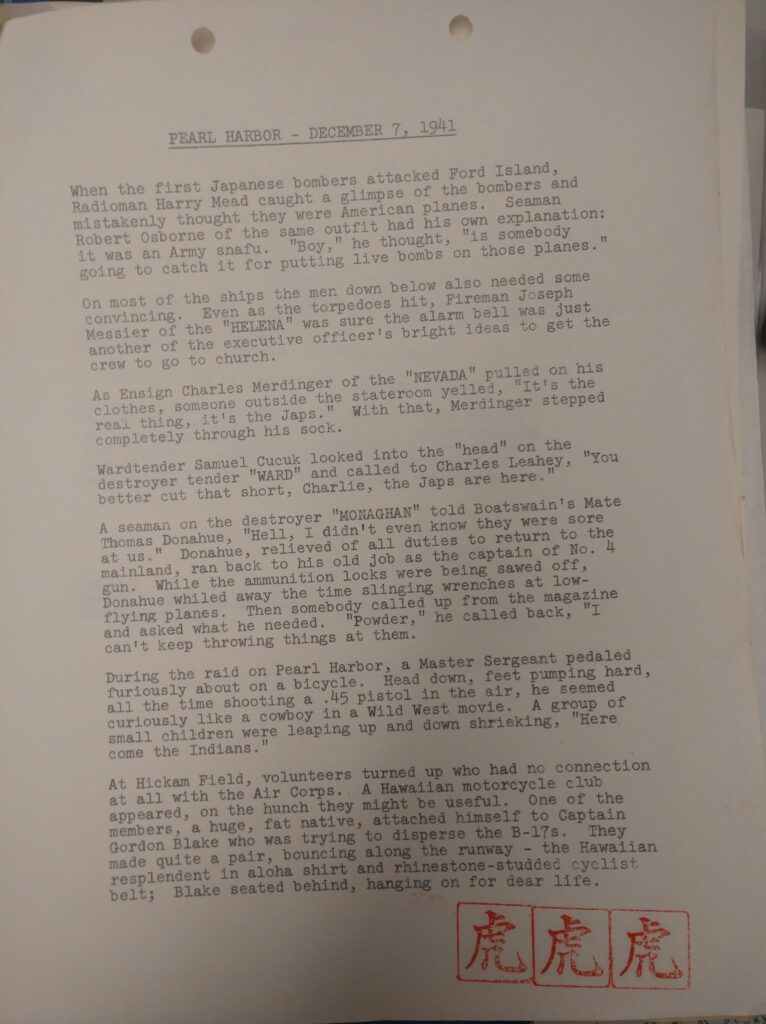

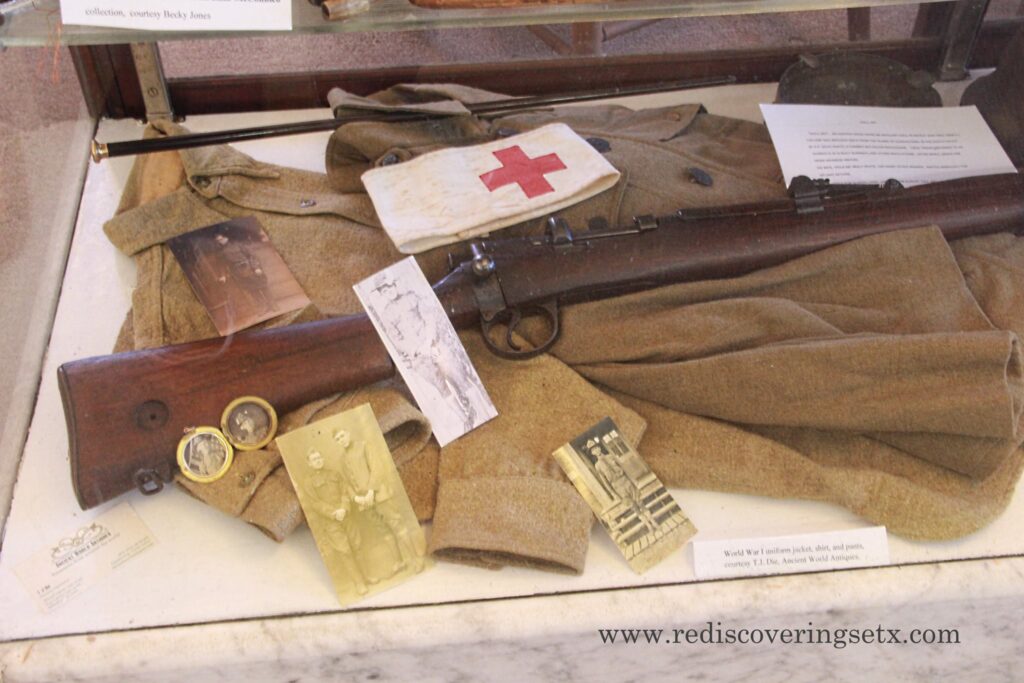
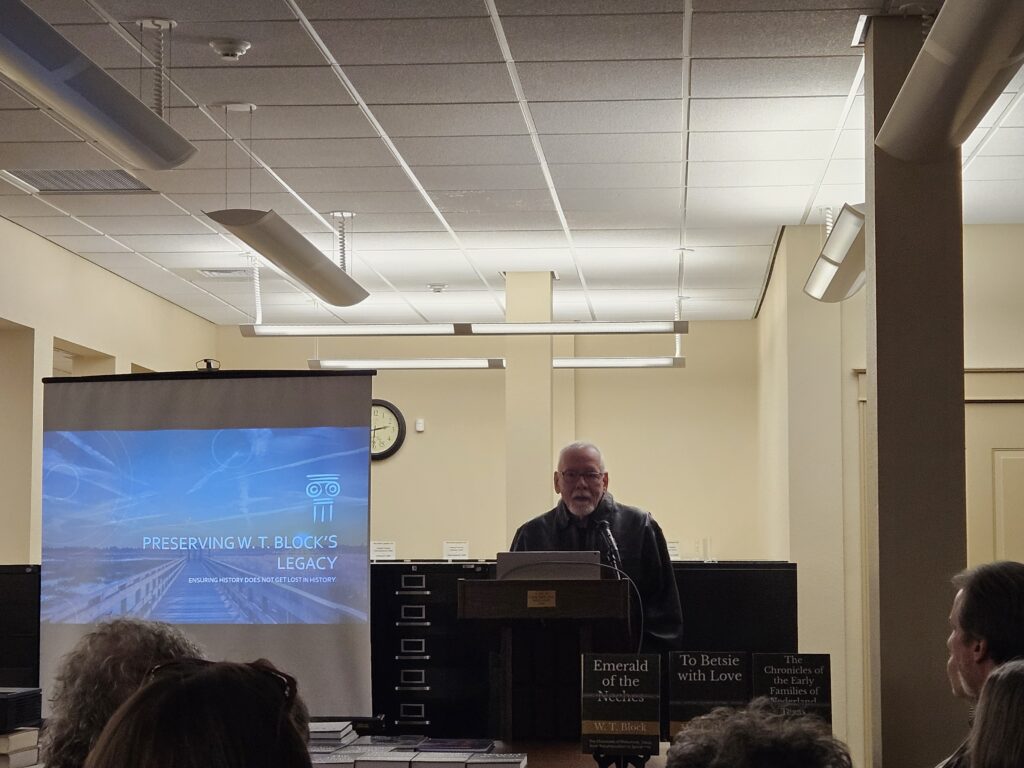


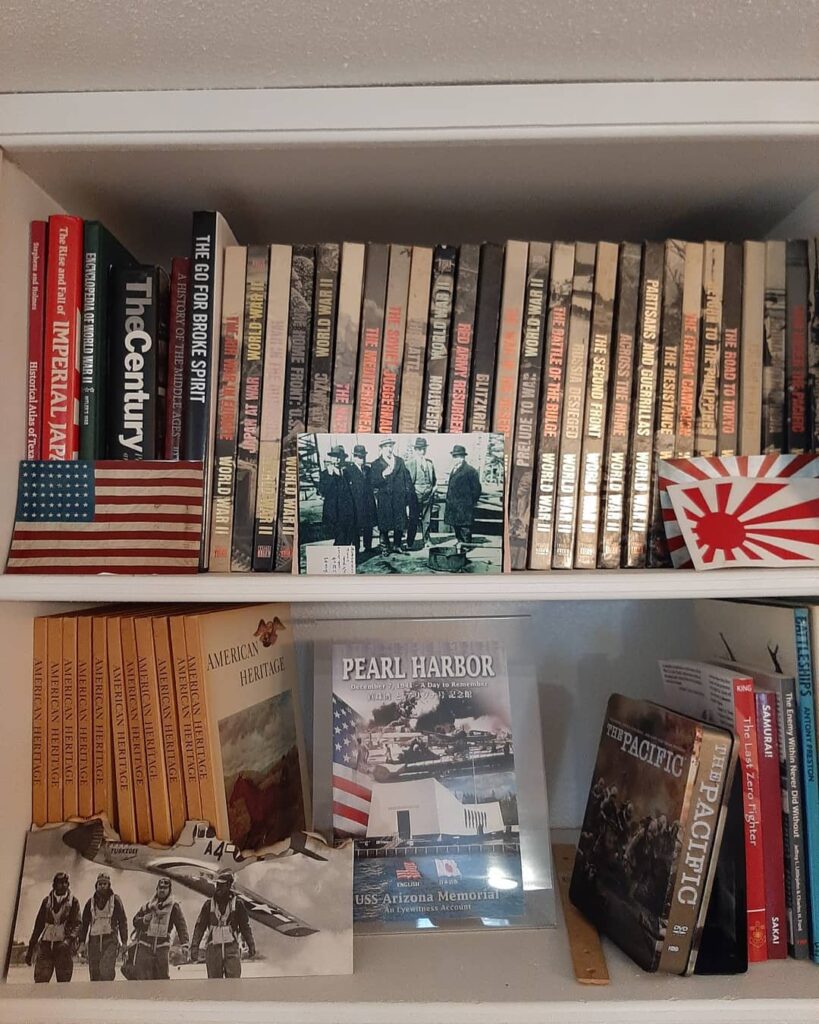
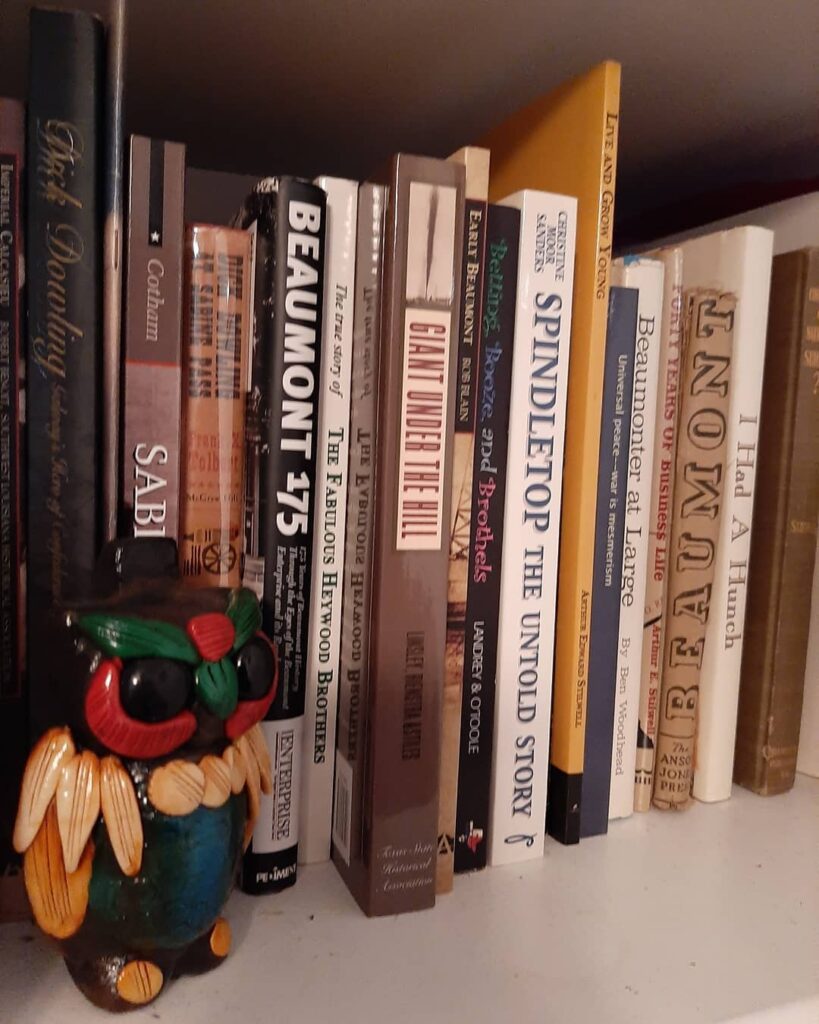

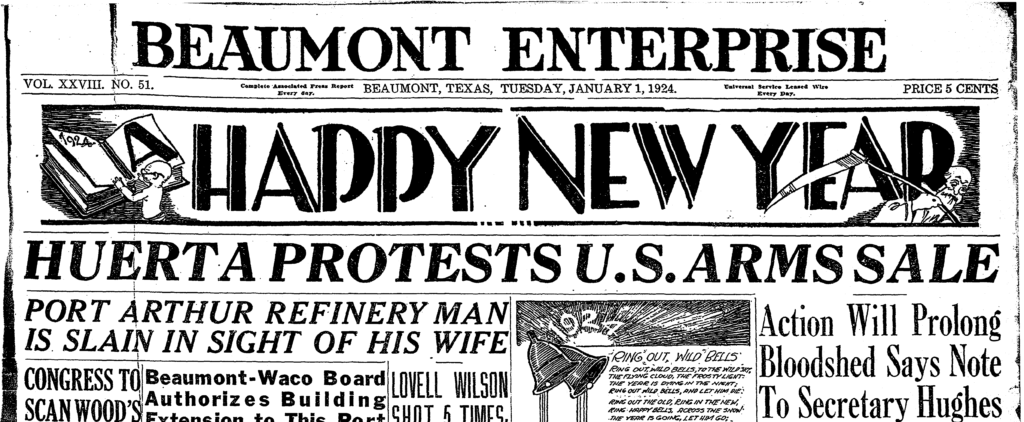

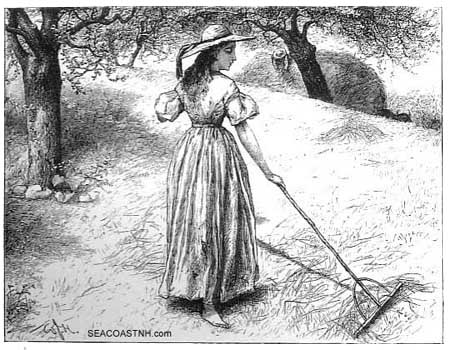

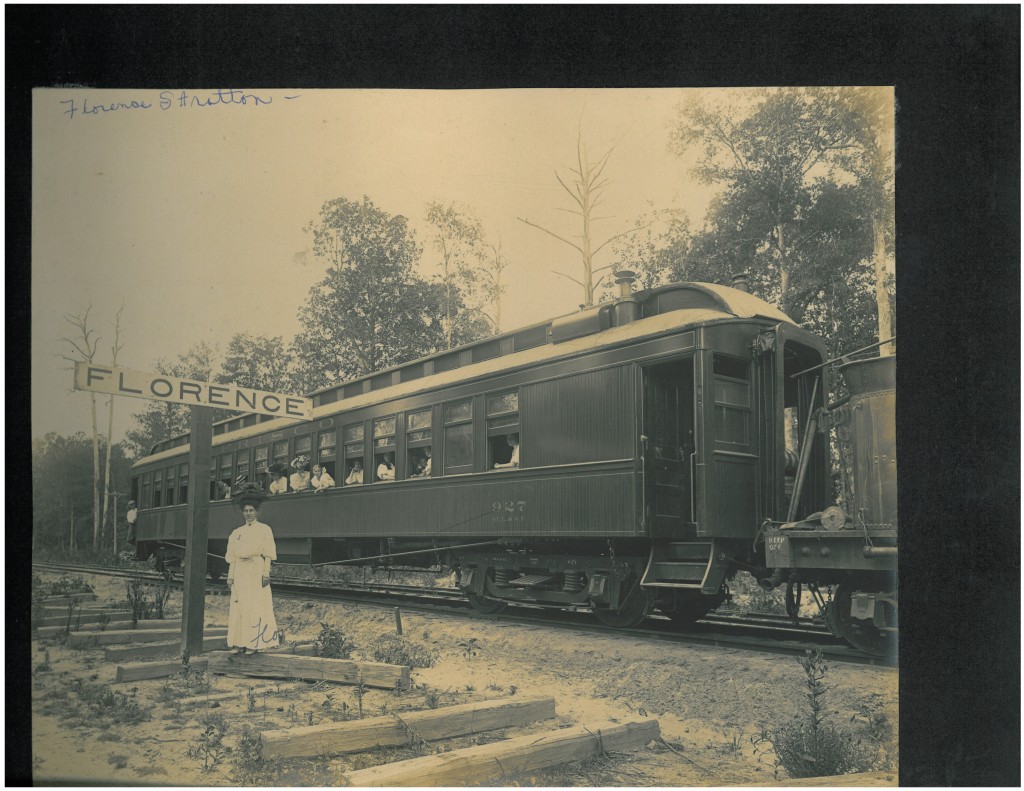

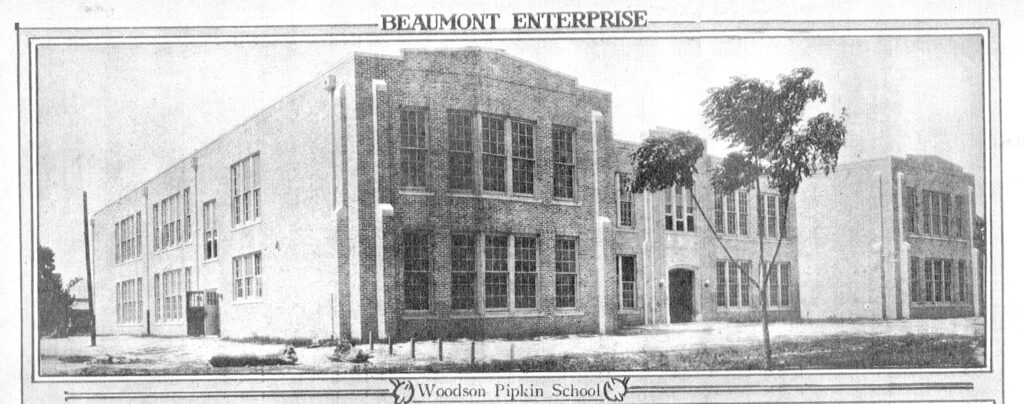
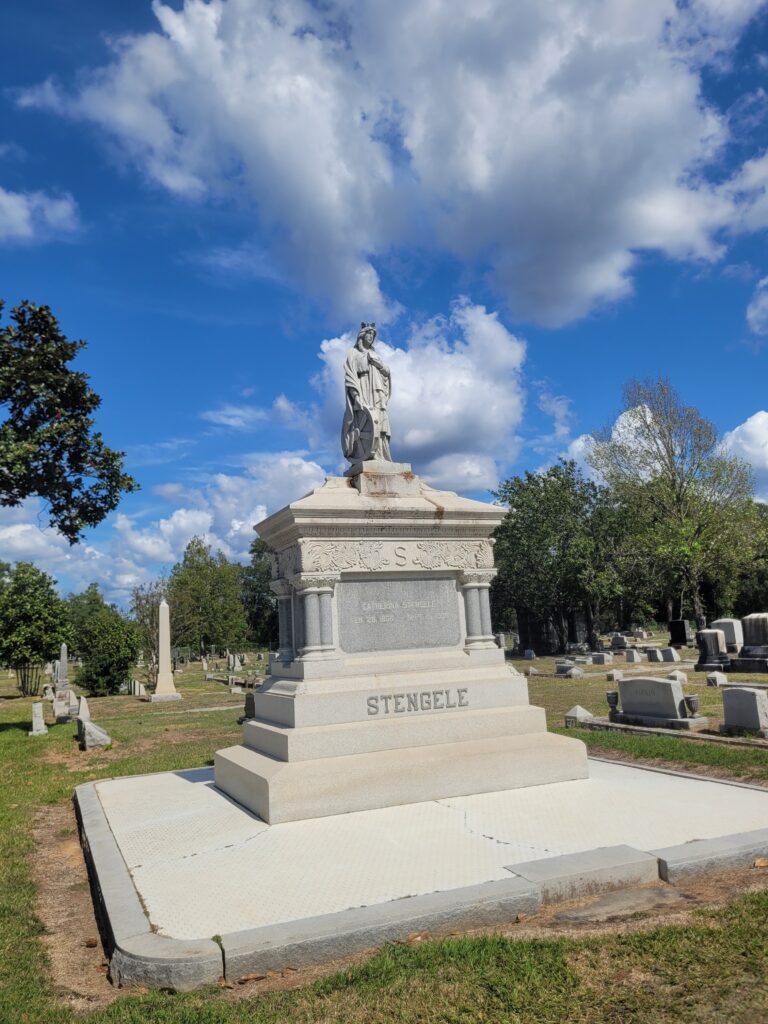
You must be logged in to post a comment.